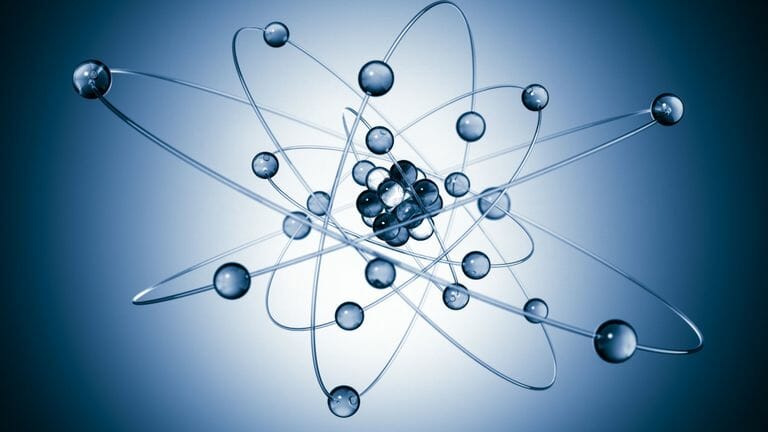We all might have heard that most of the space inside an atom is empty. To be precise, it is 99.99% empty. So, here is a question for you, why is the table in front of you solid? Why isn’t it squishy? Why the atoms do not just sit on top of each other and occupy less space? So, here is the answer to all such questions: This is because the electrons which are responsible for the size of the atom is a ”fermion”. Now, the question arises, what is fermion? What does it do? What does it have to do with anything related to that? We’ll answer all of your questions in this article.
We’ll talk a bit about Quantum Mechanics, Elementary particles and Quantum Field Theory. We won’t go deeper into the concepts but we will use some basic consequences of it. The quantum mechanical description of a particle is given by something called a ‘wavefunction’ and is represented by 𝛹(x). Now let’s consider two identical particles, say two electrons. The wavefunction of the system considering both the particles together will look like 𝛹(x1, x2).
A question might arise, what do you mean by ‘identical’. QFT says that all elementary particles are associated with some kind of field, like an electron is associated with electron field and it is nothing but a vibration or excitation of the field. So saying that we have two electrons, we say that both of them are the vibrations of the same underlying electron field, one at position x1 and other at x2. So, both of the electrons have to be identical.
So we take two identical particles (i.e electrons) represented by a wave function 𝛹(x1, x2). Now, what will happen if we interchange one with the other? Physically speaking we would not see anything different. i.e we would never be able to say if the electrons are interchanged or not. The physical reality of both these situations is the same. In QM, we talk in terms of probabilities, which is given as |𝛹|2. So after interchanging, the wavefunction becomes 𝛹(x2, x1). Same physical reality implies that the probability must be the same.
Therefore,
These both solutions do exist in nature
The particles that correspond to the solution are called “FERMIONS”. Their wavefunction is of the form
. Here you can see that if
, then
. This means that we cannot have two identical fermions at the same place.
This is the “Pauli exclusion principle” which states that we cannot have two identical fermions at the same place.
This is what the actual definition of fermions and bosons is. The other definition you might have heard is that fermions, the spin is half-integral. 1/2, 3/2, …… and for bosons, spin is given by integers, 0,1,2,…… . This is also true but this cannot be used as the definition of fermions and bosons.
We saw that fermions cannot pile on each other but bosons can. Bosons do indeed pile on each other and form what we call “classical fields”. Eg: photons form the electromagnetic fields, graviton- the gravitational field and so on.
This is the reason we could detect these classical fields a lot earlier, even before the theoretical formulation.
The fermions form the basic building blocks of the matter. Fermions consist of 6 Quarks and 6 Leptons. The electron we know is one of the 6 Leptons. These quarks and leptons make up all the matter around us.
So we can say that,
BosonsForces (classical fields)
FermionsMatter.
Now coming back to the initial question, why do atoms occupy space and not pile on each other, the reason is simply that they can’t. Electrons of the different atoms or same atom cannot occupy the same position and state, because it is prohibited by the Pauli exclusion principle. If we try to bring the electrons too close, they repel each other by electrostatic repulsion and also by what we call “fermi-pressure”. They are not squishy because we simply do not have enough energy to do that. The magnitude of forces between two electrons is so strong that some of them together are equivalent to a nuclear bomb.
That is the reason the table in front of you is solid and when you press it down with your hand, it exerts a fermi-pressure and you can’t just squeeze it.
Read other articles related to Science only at thehavok.com




[…] Click here to read more about the exclusion principle. […]
hats off man , awesome work ,now im kind of getting more interest in quantum mechanics
Man explained beautifully! I knew electron and bosons were different, yet I couldn’t understand the original definition. But now I have got a pretty good hold of that.
Keep writing about such things.